What Travelers Should Know
Join millions of Muslims in a journey of faith and devotion to the holiest cities in Islam. Every year, millions of Muslims from around the world go on a spiritual journey to the holy cities of Makkah (Mecca) and Madinah (Medina) in Saudi Arabia. This pilgrimage, known as Hajj when performed during specific dates in the Islamic lunar calendar, and Umrah when performed at any other time, is a profound act of worship and a pivotal moment in a Muslim’s life. For those planning this sacred journey, understanding the rituals, requirements, and logistics is essential. This guide provides comprehensive insights into what travelers should know when undertaking a pilgrimage to Makkah and Madinah.
The Significance of Hajj and Umrah
Hajj: The Fifth Pillar of Islam
Pilgrims gather at Mount Arafat, fulfilling one of the key rites of Hajj.
- Mandatory Duty: Hajj is one of the five pillars of Islam, obligatory for all adult Muslims who are physically and financially capable of undertaking the journey at least once in their lifetime.
- Specific Timing: Hajj takes place annually from the 8th to the 12th of Dhul-Hijjah, the last month of the Islamic lunar calendar.
- Spiritual Significance: It commemorates the trials of Prophet Ibrahim (Abraham) and his family, symbolizing submission to Allah’s will and the unity of Muslims worldwide.
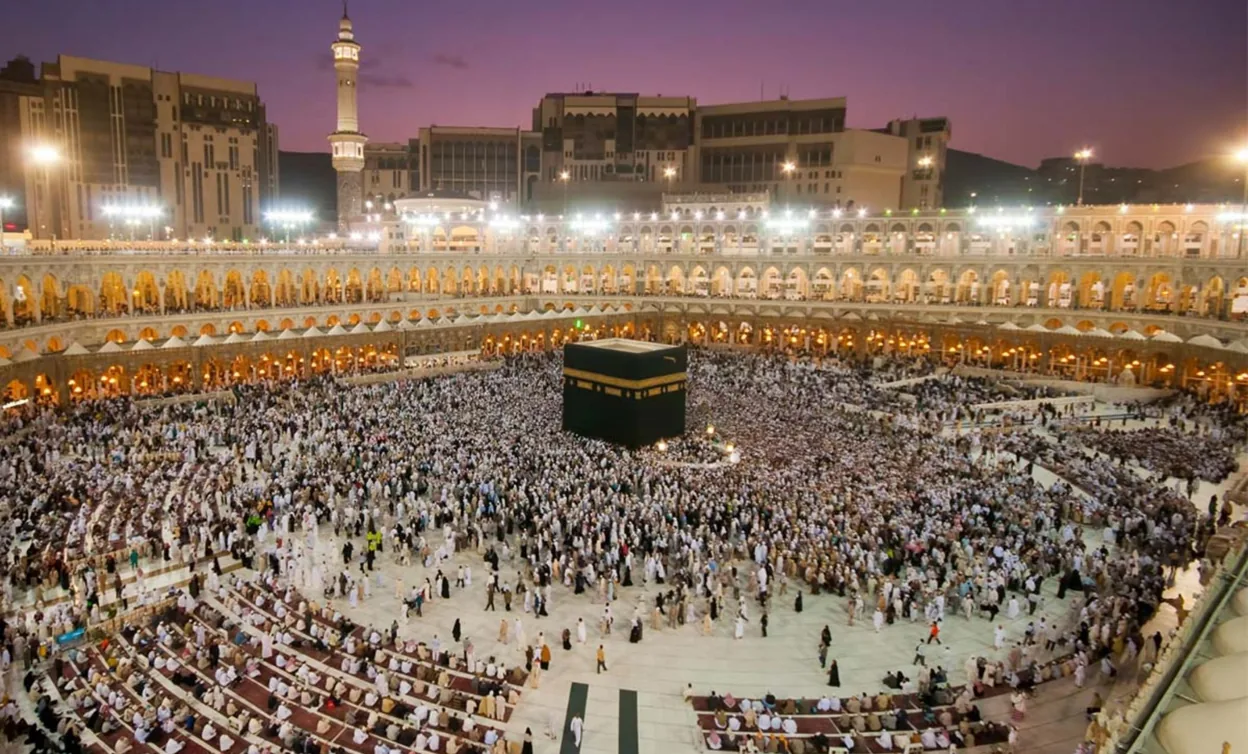
Umrah: The Lesser Pilgrimage
- Voluntary Act: Unlike Hajj, Umrah is not obligatory but highly recommended.
- Flexible Timing: Can be performed at any time of the year except during the days of Hajj.
- Rituals: Involves fewer rites than Hajj, focusing on individual acts of devotion.

Eligibility and Restrictions
Muslim-Only Cities
- Religious Sanctity: Entry to Makkah and Madinah is strictly limited to Muslims due to their sacred status in Islam.
- Proof of Faith: Travelers may be asked to provide proof of their Muslim identity, such as a certificate from a mosque or Islamic center.
Physical and Financial Ability
- Health Considerations: Pilgrims should be in good physical health to perform the rites, which involve significant walking and physical activity.
- Financial Means: Must have sufficient funds to cover travel, accommodation, and expenses without incurring debt or neglecting familial obligations.
Preparations Before the Journey
Obtaining the Necessary Visas
Hajj Visa
- Application Period: Typically opens a few months before Hajj season.
- Requirements:
- Valid passport with at least six months validity.
- Proof of Mahram (a male guardian) for female pilgrims under certain ages, as per Saudi regulations.
- Completed application form through an authorized Hajj agency in the pilgrim’s home country.
- Vaccination certificates (e.g., meningitis, COVID-19).
Umrah Visa
- Year-Round Availability: This can be applied for at any time except during the Hajj season when Umrah visas are suspended.
- E-Visa Option: Some nationalities can apply for an electronic visa online through the Saudi Ministry of Hajj and Umrah website or the Saudi Tourism Authority.
Health Requirements
- Vaccinations:
- Meningococcal Meningitis: Mandatory for all pilgrims.
- COVID-19: Proof of vaccination may be required; check the latest guidelines.
- Other Recommended Vaccines: Influenza, hepatitis A and B, polio, and yellow fever (for travelers from affected countries).
- Medical Check-Up: Advisable to have a thorough medical examination before departure.
Spiritual Preparation
- Knowledge of Rituals: Study the rites of Hajj and Umrah to perform them correctly.
- Intentions and Prayers: Reflect on the spiritual significance and set sincere intentions.
- Learn Common Prayers: Familiarize yourself with the supplications and Quranic verses recited during the pilgrimage.
The Rituals of Hajj and Umrah
Entering the State of Ihram
Donning the simple attire of Ihram signifies equality and humility before Allah.
- Ihram Clothing:
- Men: Two white, unstitched sheets of cloth.
- Women: Modest clothing that covers the body, not necessarily white; face and hands remain uncovered.
- Prohibitions: Pilgrims must abstain from certain activities such as cutting hair or nails, using perfume, and engaging in marital relations.

Tawaf: Circumambulation of the Kaaba
- Seven Circuits: Walk around the Kaaba seven times in a counterclockwise direction.
- Starting Point: The Black Stone (Hajar al-Aswad); if possible, touch or kiss it, but it’s acceptable to point towards it if crowded.
- Supplications: Recite prayers and supplications throughout.
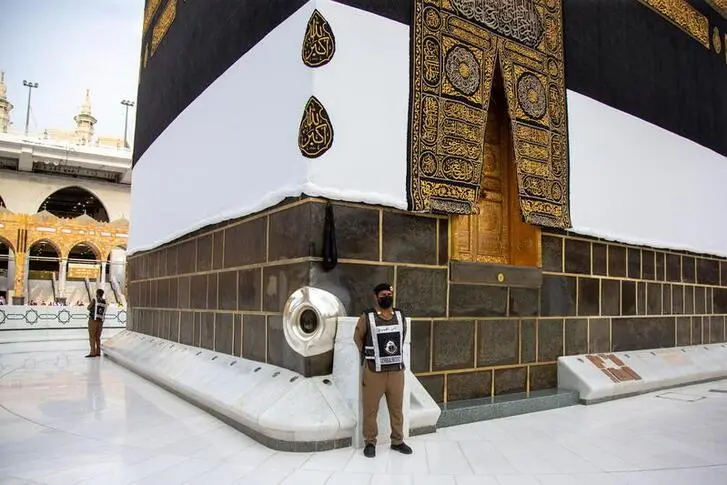
Sa’i: Walking Between Safa and Marwah
- Commemoration: Honors Hagar’s search for water for her son Ismail.
- Procedure: Walk briskly between the hills of Safa and Marwa seven times.
- Modern Facilities: The path is enclosed within the Masjid al-Haram, providing air-conditioned comfort.
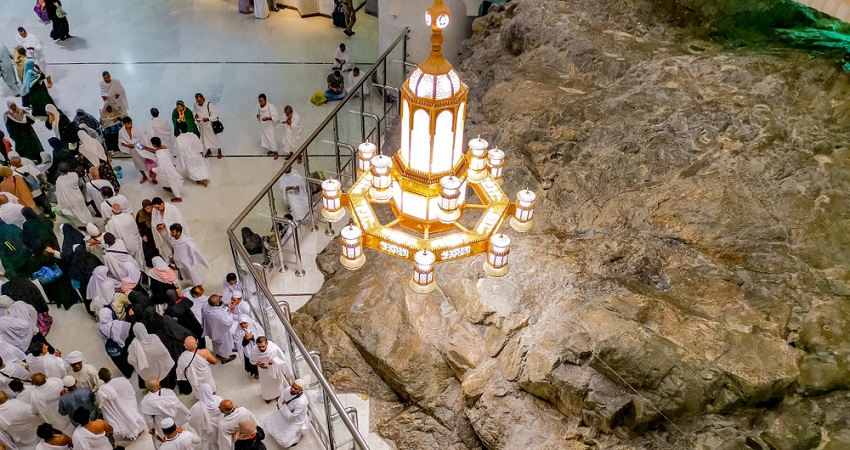
Hajj-Specific Rituals
- Standing at Arafat:
- Essential Rite: Occurs on the 9th of Dhul-Hijjah.
- Significance: Considered the pinnacle of Hajj; pilgrims stand in prayer and contemplation from noon until sunset.
- Muzdalifah:
- Evening Stay: After Arafat, pilgrims spend the night under the open sky.
- Collecting Pebbles: Gather stones for the stoning ritual.
- Stoning of the Devil (Ramy al-Jamarat):
- Location: Mina.
- Procedure: Throw pebbles at three pillars symbolizing the rejection of temptation.
- Sacrifice (Qurbani):
- Commemoration: Reflects Prophet Ibrahim’s willingness to sacrifice his son.
- Modern Practice: Often performed by authorized agencies on behalf of the pilgrim.
- Hair Cutting/Shaving:
- Men: Shave or trim their hair.
- Women: Trim a small lock of hair.
- Final Tawaf (Tawaf al-Wida):
- Farewell Circumambulation: Marks the completion of Hajj.
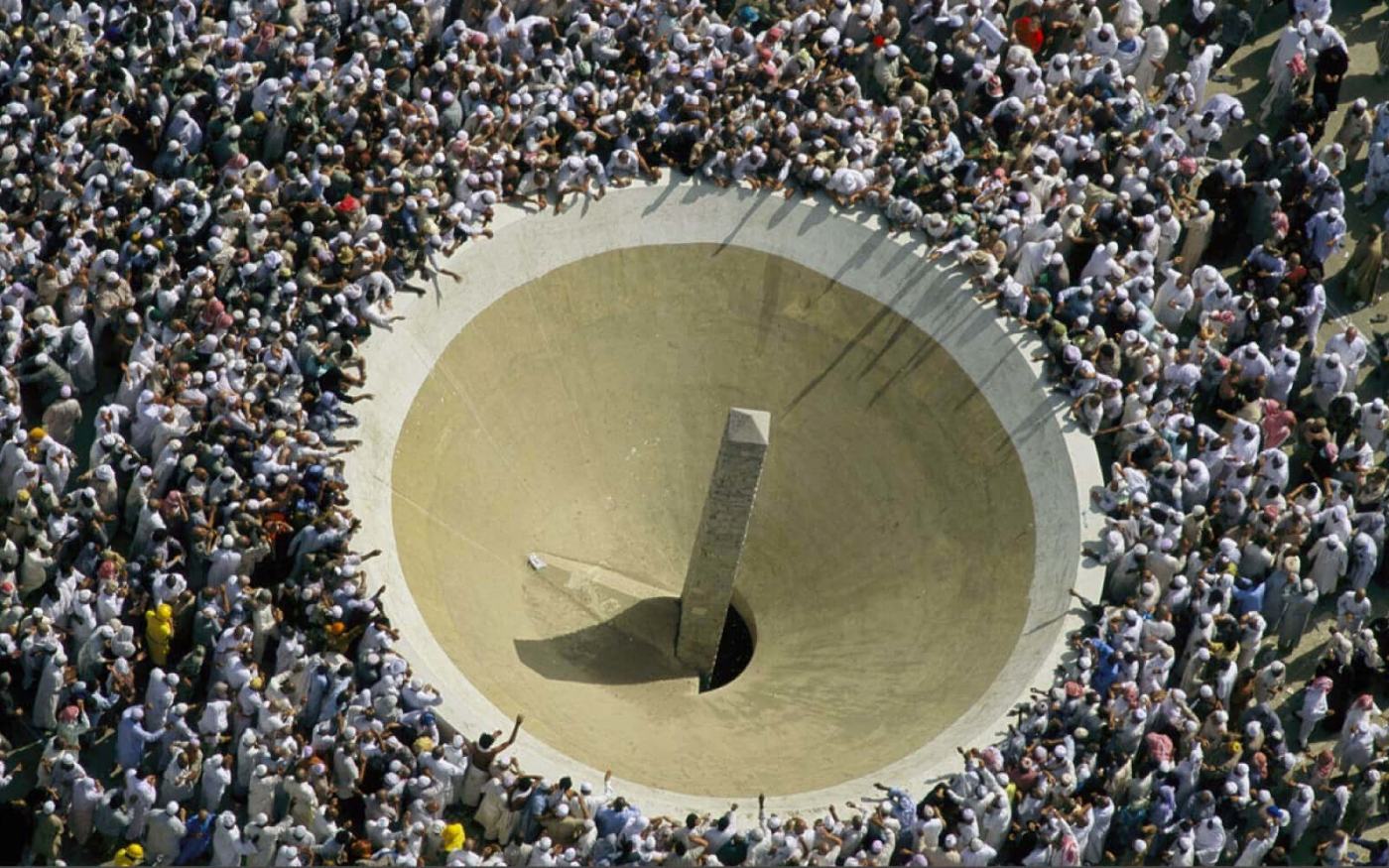
Visiting Madinah: The City of the Prophet
Pay respects at the Prophet’s Mosque, a place of great reverence and tranquility.
Al-Masjid an-Nabawi (The Prophet’s Mosque)
- Significance: Built by Prophet Muhammad (peace be upon him); his final resting place is here.
- Rawdah Riyadh al-Jannah: An area within the mosque considered part of Paradise; visiting is highly meritorious.
- Etiquette: Maintain silence, avoid pushing, and show utmost respect.
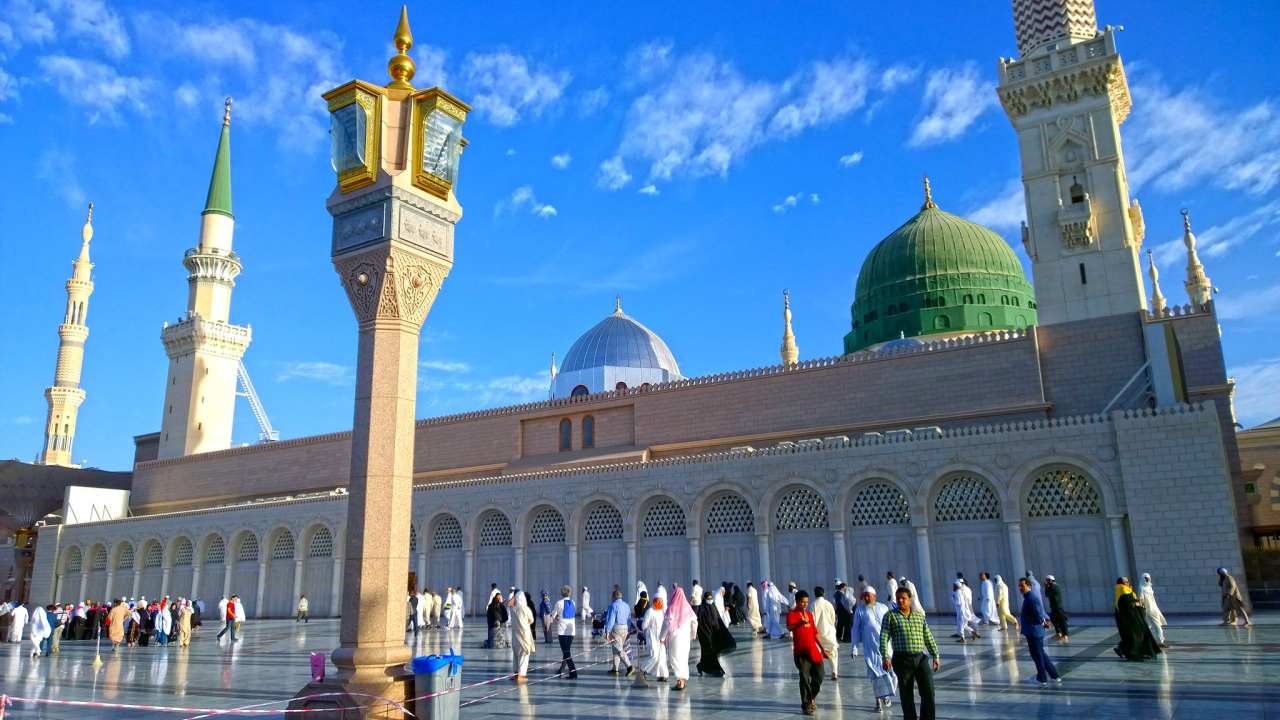
Other Notable Sites
- Jannat al-Baqi: Cemetery where many of the Prophet’s companions are buried.
- Quba Mosque: The first mosque built in Islam.
- Mount Uhud: Site of the significant Battle of Uhud.
.jpg)
Practical Tips for Travelers
Accommodation and Transportation
- Booking in Advance: Secure accommodations early, especially during Hajj season.
- Proximity to Holy Sites: Staying closer reduces walking time but may be more expensive.
- Transport Options:
- Buses and Shuttles: Provided during Hajj for movement between rites.
- Walking: Often the most practical due to traffic congestion.
Weather Considerations
- Hot Climate: Temperatures can exceed 40°C (104°F) in summer.
- Hydration: Drink plenty of water; use refillable bottles.
- Sunscreen and Umbrellas: Protect against sun exposure.
Health and Safety
- Medical Facilities: Accessible in both cities; emergency services are available.
- Personal Medications: Bring sufficient supplies along with prescriptions.
- Crowd Management: Stay alert in densely populated areas; follow official instructions.
Cultural Sensitivity
- Modest Dress: Adhere to Islamic guidelines for clothing.
- Photography: Avoid taking pictures in holy sites unless permitted.
- Language: Arabic is the primary language; learning basic phrases can be helpful.
Conclusion
A pilgrimage to Makkah and Madinah is a profound spiritual journey that requires thoughtful preparation and adherence to religious obligations. By understanding the significance of the rituals, meeting the requirements, and respecting the cultural nuances, travelers can focus on the spiritual essence of Hajj or Umrah. This journey offers an unparalleled opportunity for reflection, devotion, and unity with Muslims from around the globe, leaving pilgrims with cherished memories and a renewed sense of faith.
May your pilgrimage be safe, fulfilling, and spiritually enriching. Embrace the journey with an open heart, and let the experience transform your soul.
